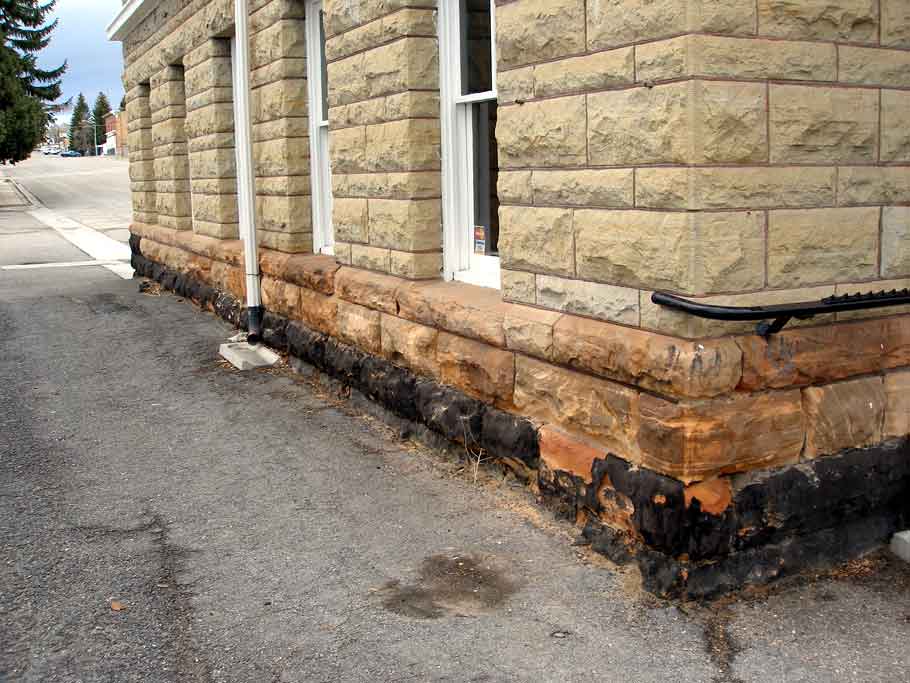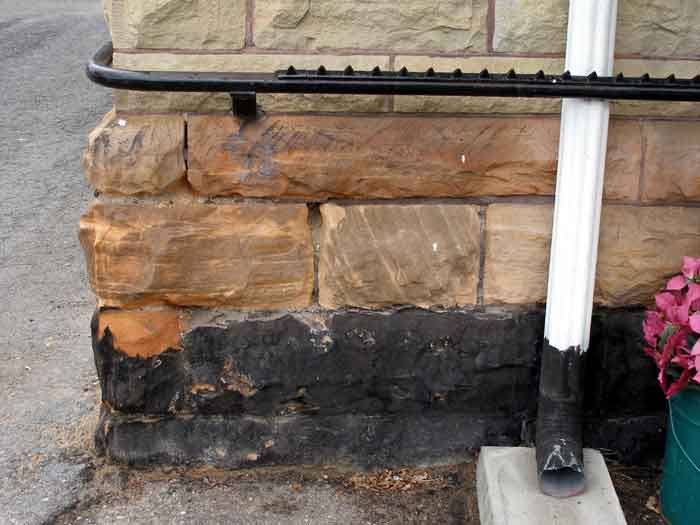Hidden away in north central Nevada is a state treasure so rare and complete that it earned national recognition: the Nevada Northern Railway Museum. This “living museum” is officially listed on the Register of National Historic Landmarks, the highest recognition that can be bestowed by the federal government on a historic property. It is an honor so rare that the complex is only Nevada’s seventh National Historic Landmark.
The railroad received this recognition because it is the last of its kind, the sole survivor of a grand era in the Silver State. The Nevada Northern Railway Museum isn’t relics in glass cases or repainted old equipment on static display, it actually takes you back to a time when the iron horse ruled the rails. The complex can be thought of as a small city, with grounds covering acres and acres encompassing some sixty-six buildings and structures, along with thirty miles of functioning track. The equipment collection consists of operating, Federal Railroad Administration compliant steam and diesel locomotives, and over seventy pieces of rolling stock. And throughout the complex, the extensive—and complete—paper record of the railroad still exists. It has been said that it appears that the workers left for lunch and never came back.
Today the railroad is jointly owned by the City of Ely and the Nevada Northern Railway Museum and the railroad complex is vital to the economic well-being of White Pine County. The City and the Museum are working to preserve and develop the complex to not only illustrate, but also demonstrate what life was like here a century ago.
The museum is unique because in addition to providing demonstration rides behind the original steam locomotives, it preserves the knowledge necessary for the maintenance and the operation of the historic equipment. To do this the museum staff and volunteers are still using the original tools and equipment in the original buildings. As part of our mission, we invite the public to watch as well as participate in our demonstrations and restoration programs. We share this knowledge with operators of other tourist railroads.
We received the nation’s highest designation as an historic property because the complex is unaltered. It is authentic and complete, and herein lays the rub: the century-old utilities are either failing or completely gone. We now face a crisis: the water system leaks like a sieve, the fire suppression system is totally kaput, and the problem is complicated by the City of Ely utilities. Once a new fire protection system is finally installed on the complex grounds, the city-owned water utility has notified us that it cannot supply the water volume necessary to provide assured protection of this National Historic Landmark. An adequate supply of water for fire suppression can only be provided by installing a new water line, which is beyond the financial capabilities of the city or the museum.

A leaking water main feeds the fire hydrant in the background. The leaking water main is undermining the entire area, causing sinkholes. The fire hydrant is the only fire hydrant on the National Historic Landmark. A fire marshal has inspected the hydrant and declared that it belongs in a museum. This is good because it is in a museum, but for fire protection, it leaves a lot to be desired.
Additionally, most of the buildings do not have sewer service, meaning no restroom facilities, which are not only a good thing to have around for guests and employees alike—they are mandated by any number of state, local, and federal regulations. The rub here is that much of the property is below the elevation of today’s sewer system, entailing the installation of not only all new sewer lines, but lift stations as well—again beyond the financial ability of our public utility to provide.

This is the east side of the depot. The lower courses of the sandstone blocks are eroding. This is caused by the leaking water main that runs next to the depot.

This is a close up of the damages caused by the leaking water main. The water saturates the sandstone and the foundation stone subsequently breaks off.
And the electrical system is a nightmare of patched wiring that is failing. That is to be expected when you have an original, cloth-insulated, knob-and-tube wiring base that has been modified as needed over a span of 100 years with all of the changes in wire and equipment that has come about during that period. All of it is still tied to old-style fuses boxes and blade switches connected to the sources by antique wires that quite literally went out with the bustle.
Additionally, the lack of these basic utilities is holding back the development of the complex. There is more to restore, more to save, and more to develop for the public to see and experience. More restoration and operations would help to generate more interest and more visitors, which generates more revenue for increased quality of operation of the museum complex.
Engineering studies have decreed that $3 million is required for infrastructure improvements to the facility. This investment is necessary so that we can safely meet the requirements of the twenty-first century. This is not some heady wish list of fancy bells and whistles. No, it is a list of the most basic requirements of any operating entity: water, sewer, electricity, heating, and fire suppression. These critically needed improvements are required to protect this Nevada treasure for future generations.
The museum has done all that it can do towards this end: Over 1,800 dues paying members contribute money to the museum to keep the complex alive and visitors from all over the world gladly pay fares and buy souvenirs which add to the pot. Millions of dollars have been raised and invested in the buildings, locomotives, and rolling stock by the museum and its supporters. But to provide modern utilities for a small city is beyond the capabilities of the museum.
Senators Dean Rhoads and Dina Titus have introduced a bill in this session of the legislature, which addresses these critical needs: Senate Bill 213, an act that makes an appropriation to the Nevada Northern Railway Museum in White Pine County in the amount of $3 million. If passed, the bill would make appropriations from the State General Fund for improvements to the infrastructure of the facility, i.e., the water, sewer, electrical, heating, and fire suppression systems. The breakdown is: water $1,610,620; sewer $485,200; fire suppression $429,860; electrical $238,400; restrooms $157,908; and heating $78,012.
This is our chance! As you can imagine, the demands on the legislature for funding are great. This bill will only pass if we let the legislators know how important this bill is. Your help is needed now! The State of Nevada has a great legislative website http://www.leg.state.nv.us/. Inside this website, you will find listing for all of the Senators and all of the Assembly Members, complete with contact information and e-mail addresses.
As a non-profit organization, we cannot lobby on our own behalf, nor expend our precious dollars in organizing efforts to push for passage of the legislation. We need you, your family, and your friends to help make this happen. Please take a moment and contact your Nevada legislators. Let them know how important the Nevada Northern Railway is to you and the state. Share with them how you have supported the railroad in the past by volunteering, with donations, or both. Emphasize that basic utilities are needed for the continued well-being of the railroad. And if you don’t live in Nevada, contact the legislators anyway. Let them know that this is a national treasure located in Nevada and that you are a supporter. We’re a tourism-oriented state; they need to hear from visitors and potential visitors.
The museum not looking for a handout; we have done a pretty good job of running as a self-sustaining operation. The museum will continue to aggressively raise funds to preserve and protect the historic buildings, locomotives, rolling stock, and track. This one-time investment of state funds into our basic utilities will allow us to continue bootstrapping ourselves and benefiting the state as a whole by being a tourism draw and a treasure—a national treasure located in eastern Nevada.

